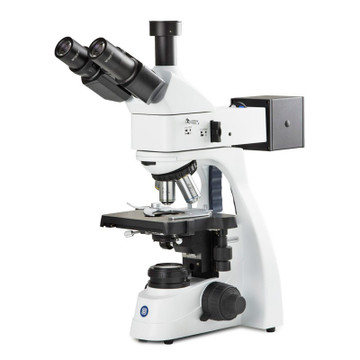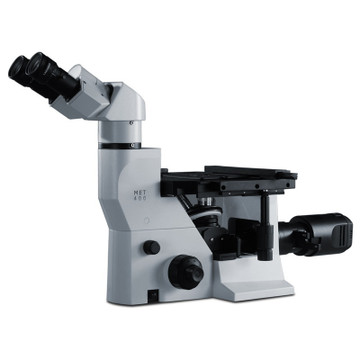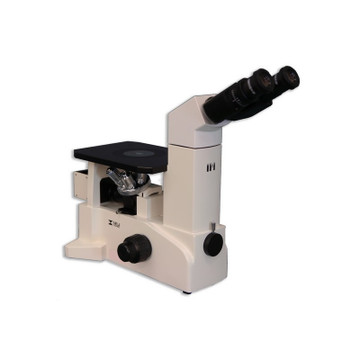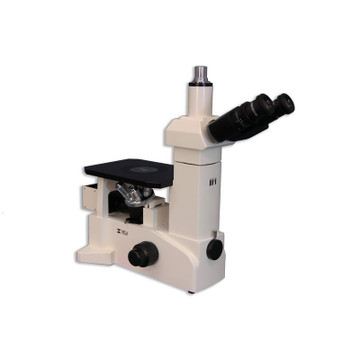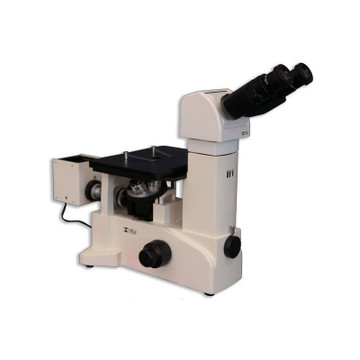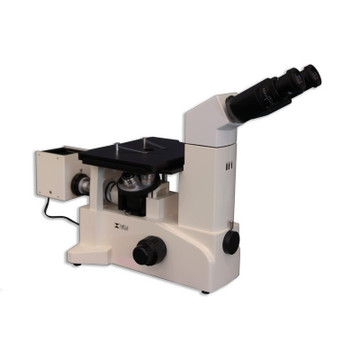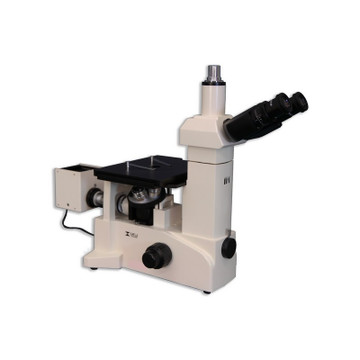
Metallurgical microscopes are specialized tools for analyzing opaque materials like metals and alloys. Available in upright, inverted, and portable models, these microscopes offer magnifications up to 1000x, enabling precise surface examination and microstructure analysis.
Custom Quotations on Metallurgical Microscopes
Let our experts create a custom quote just for you with our best pricing and terms on metallurgical microscopes. Simply tell us your requirements, and we'll do the rest.
If you need product advice, technical support, or to enquire about quantity discounts, feel free to contact us by email or call us at (877) 877-7274.
New York Microscope Company is the only microscope company to offer a Free Service Protection Guarantee with the purchase of every metallurgical microscope. Visit our Free Service Protection page for more details.




